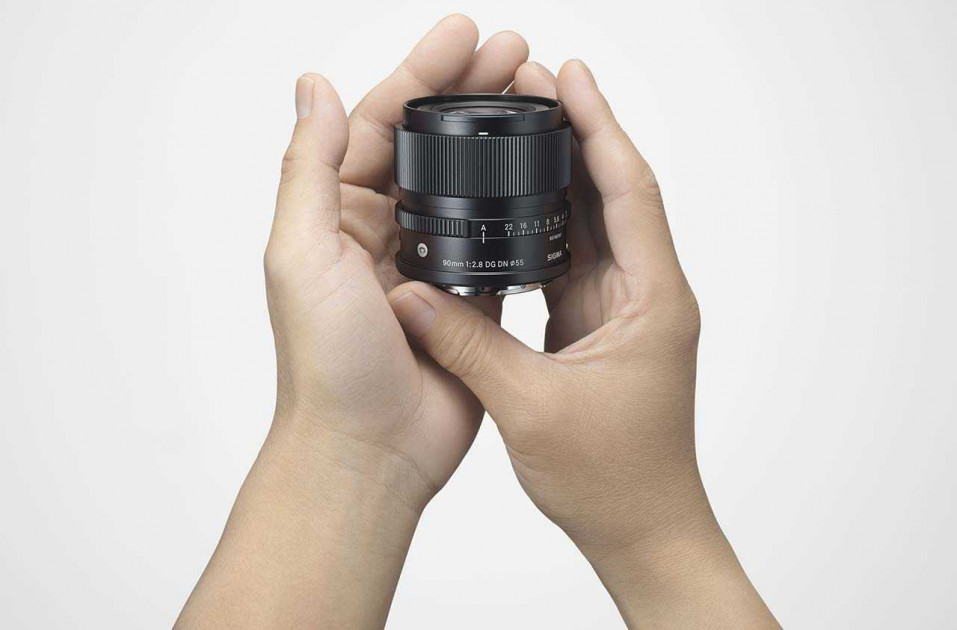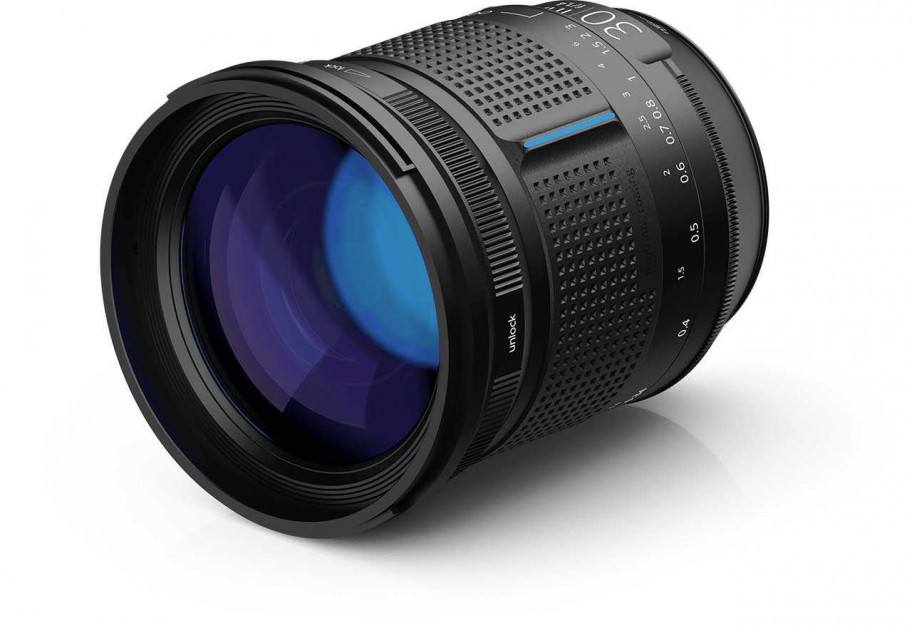His aesthetically reduced images show the architecture of cities, while also reflecting a space he has created for himself. Martin Herrera Soler spent hours on foot for this project, embarking on a journey to capture city fragments and create a space where he truly feels at home.
You say photography is a path to self-reflection…
In my relationship with photography, there is an aspect that has to do with the output, the images I make and how they come together; and then there is what happens in the process of creating such images. The latter is where a lot of this self-reflection takes place. So, although in plain view Nómade might look like a street or urban architectural photography project, for me it has always been an identity project. And the urban space was just a vehicle to ponder about my identity and sense (or lack) of belonging.
Are you a nomad?
Nómade relates both to a personal experience and to the creative process I chose for this project. I was born in Venezuela. I have lived in Caracas, Montevideo, Santiago, Miami and Los Angeles. I have three nationalities, and yet, I never fully identified with any of them. This project was a journey to create a space where I could truly feel ‘at home’.
Your images embody an aura of silence, which is a result of the lack of people and the colour composition…
The process was a rather solitary endeavour. There were people and cars around me at all times, and yet the images are deserted. I had to wait and carefully compose to make sure no one was actually in the frame. This was a conscious and important choice for the project. I purposely looked for places that could become anonymous and operate like building blocks for this ‘personal city’ that I longed to create. As a child, my favourite toys were Legos, and each image in this project is, to a certain extent, a carefully selected piece, used to create something bigger. It was looking to externally manifest a state of inner stillness. It was a special moment in my life, and I believe that somehow shows in the images.
What was that moment?
After years trying, I had recently become a dad. Fatherhood moved me deeply and invited me to reflect on who I was, the relationship with my own parents, and challenged me to consider who I wanted to become for this new beautiful creature in my life.
It seems you show less beautiful things, and more hidden, crumbling ones…
Maybe what I photograph then was a reflection of the not so ‘beautiful’ and unresolved aspect of myself. But I believe beauty is a subjective and contextual matter. What I photographed then, is what I found beautiful at the time. Possibly if I were to do this project again, at a different moment and with a different state of mind, I would seek different things. That being said, I do acknowledge that what moved and intrigued me for this project, was not what most people would consider ‘beautiful’. There is a certain ‘wear and tear’ quality to the spaces I chose. In fact, many seem to be in transition, either being built or torn down. I had not considered this before, but maybe the images I made and selected, closely resemble my own transition at the time I started working on this project.
What was your photographic approach?
My approach for this project was different to the ones I’ve used for prior projects. This time around, it was a very solitary and meditative process, a nomadic approach. It was all about walking. I would transport myself to a random location and drift for hours at a time. In doing so, I used a GPS to record my whereabouts, resulting in beautiful traces – interventions of the physical world – that pieced the captured city fragments together, to create a singular space. My space. In fact, I walked a lot more than I photographed. Some places ‘spoke to me’; and when that happened, I was able to ‘see’. And that was very exciting. The moments in which I did connect with this creative energy, were few and profoundly fulfilling. There was no set idea in mind while I walked, rather, it was about reacting to what I came across and to what piqued my interest.
You worked with a Leica SL. What was your experience with it?
I love the SL. I use it mostly like an M camera. I only have M lenses, and after the initial setup, I never accessed the menu again. I have a few shortcuts for ISO selection and that is pretty much it. For this project, the SL and the 50mm Lux M lens was a very graceful combination. I really loved the possibility to more accurately pre-visualize the image composition in its gorgeous viewfinder. I chose to photograph the project in 6×7 aspect ratio, and I quickly learned where the crop would fit in the viewfinder, and that allowed me a cleaner composition than what I was able to get with the rangefinder.
What exactly is your photographic process?
I photograph and don’t look at my screen. It is actually covered with tape. I’ve learned that I never like the images I make when I look at them right after I shoot them. I usually wait one or two weeks before I import them into Lightroom, and even then, all I will do is mark a few to review later. When enough time has passed, I’ll jump into the image editor and lightly process the images. I do the basic stuff most people will do; light, shadows, contrast, minor sharpening and not much more than that. I was never any good with Photoshop and, although I know Lightroom much better, I rarely dive much deeper than that.
You published the series in a book and dedicated it to your parents. What did they teach you?
My dad was an architect. In a silent way, he instilled in me an awareness and love of space. As early as I can remember, I would draw properly-scaled blueprints. I think that is where my appreciation for architecture stems from. However, it was my mom, who articulated that appreciation into words, commenting and describing her perception of every building and façade. Together they created a foundation that only manifested, almost inadvertently, many years later. This is the foundation where the building blocks of Nómade came together.
After a career in the corporate sector, Martin Herrera Soler ventured into the artistic world in 2004 and became a photographer. After many, long stays abroad, he returned to Uruguay in 2008. Since then, his images have been dealing with his native country. His work has been presented in solo and group exhibitions in the United States, Germany, Brazil and Uruguay. Find out more about his photography on his website and Instagram channel.
Leica SL
Fast. Direct. Mirrorless.








